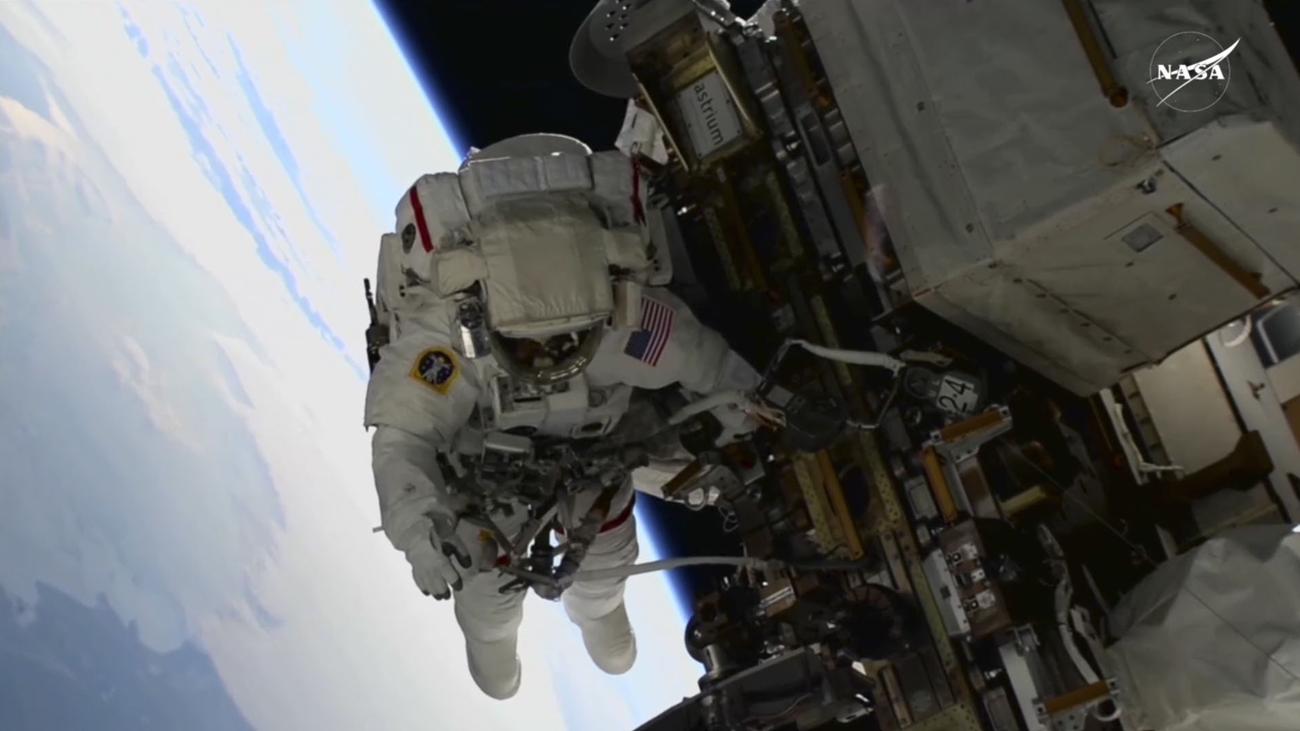
NASA Astronauts Stranded on ISS May Return Home Sooner Than Expected
Two NASA astronauts currently stranded on the International Space Station (ISS) could return to Earth slightly earlier than initially anticipated. On Tuesday, NASA announced that commercial spacecraft company SpaceX will replace the capsules designated for the astronauts’ return flights, enabling Butch Wilmore and Suni Williams to potentially touch down in mid-March, instead of late March or April.
Wilmore and Williams had planned to spend approximately one week in space in early June last year, as part of a test flight of Boeing’s Starliner capsule. However, technical issues with the capsule prevented their return, extending their mission from eight days to over eight months.
"Human spaceflight is full of surprises," said Steve Stich, manager of NASA’s Commercial Crew Program, in a statement.
Originally, Wilmore and Williams were expected to return home no earlier than late March, alongside two other astronauts, aboard a new SpaceX capsule. With additional preparation time still required for the new capsule, NASA has opted to launch the next crew to the ISS using an older capsule, now scheduled for liftoff on March 12th. A few days after the arrival of the new ISS crew, the two stranded astronauts are scheduled to return to Earth alongside two of their astronaut colleagues.
Challenges and Delays in Human Spaceflight
The Starliner capsule, developed by Boeing under a contract with NASA, has faced several technical setbacks since its inception. In 2019, an uncrewed test flight of the capsule failed when its software malfunctioned, causing it to burn too much fuel and miss its intended orbit. The capsule eventually reached the ISS, but not before expending so much fuel that it could not perform its planned docking maneuver.
The technical issues with the Starliner capsule have been a significant setback for NASA’s commercial crew program, which aims to rely on private companies to ferry astronauts to and from the ISS. While SpaceX’s Crew Dragon capsule has successfully completed several crewed missions to the ISS, Boeing’s Starliner capsule has yet to demonstrate its ability to safely and reliably transport astronauts.
Impact on Astronaut Missions and ISS Operations
The extended stay of Wilmore and Williams on the ISS has not only affected their own mission, but has also impacted the schedules of other astronauts and the overall operations of the space station. Due to the limited number of available docking ports on the ISS, the delayed return of Wilmore and Williams has prevented the timely launch of other crewed missions.
Furthermore, the extended presence of two additional astronauts on the ISS has put additional strain on the space station’s resources, including food, water, oxygen, and waste disposal. While the ISS is designed to accommodate a crew of six astronauts for extended periods, the additional two astronauts have required careful planning and coordination to ensure that the station’s systems can adequately support the expanded crew size.
NASA’s Response and Future Plans
In response to the challenges faced by the Starliner program, NASA has been working with Boeing to address the technical issues and ensure that the capsule meets all safety requirements. The space agency has also continued to rely on SpaceX’s Crew Dragon capsule for crewed missions to the ISS, and is exploring options for additional commercial crew providers in the future.
The early return of Wilmore and Williams will provide some relief to NASA and its international partners, as it will free up a docking port on the ISS and allow for the timely launch of other missions. However, the extended delay in the Starliner program has highlighted the challenges of developing and operating complex spacecraft systems, and the need for robust testing and validation before committing to crewed missions.
As NASA continues to pursue its ambitious goals in space exploration, including the Artemis program to return humans to the Moon by 2025, the lessons learned from the challenges encountered with the Starliner program will undoubtedly inform future spacecraft design, development, and testing procedures.
